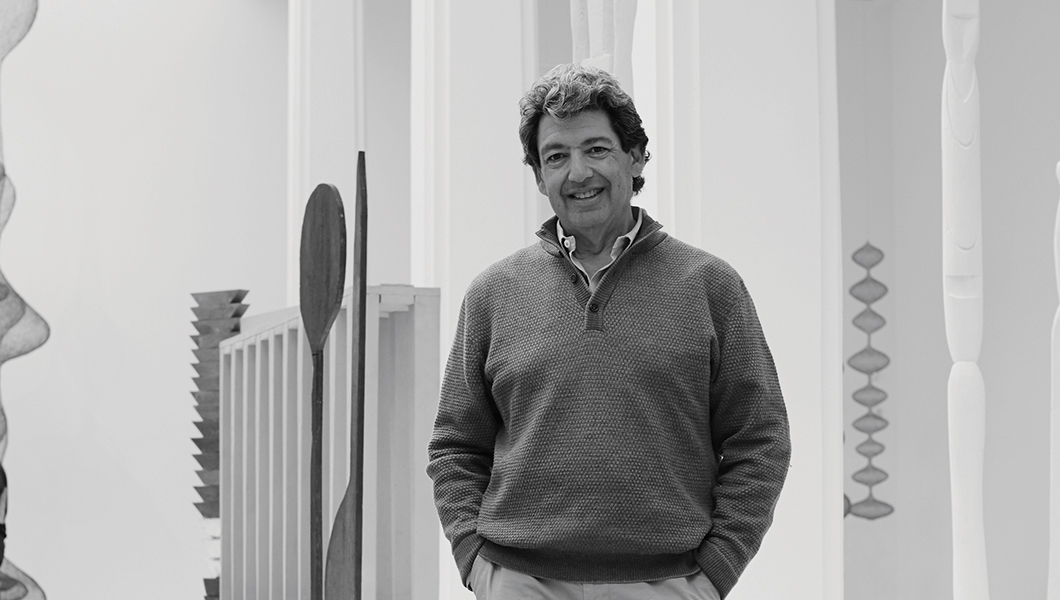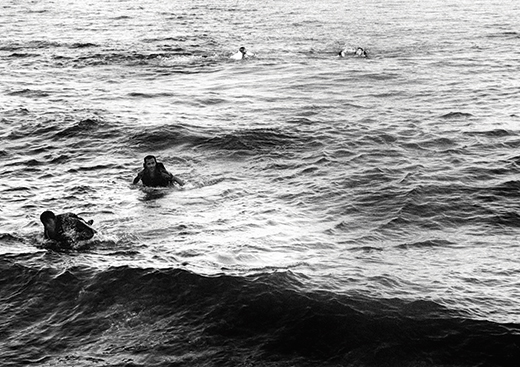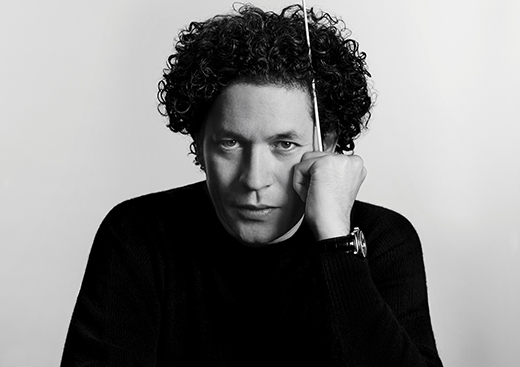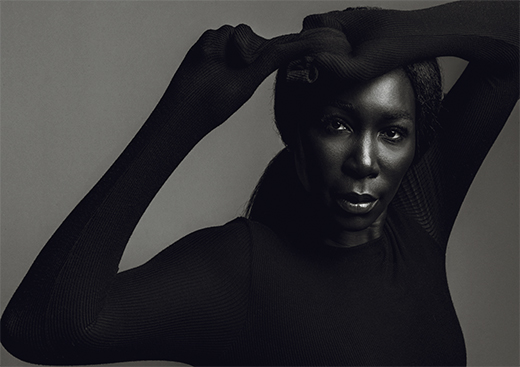I will never forget the first time I heard the name Paul Schimmel. I had moved from Berkeley to Dallas for my first university appointment and the buzz was all about an art exhibition at the Contemporary Arts Museum Houston called American Narrative/ Story Art. The freewheeling museum director of CAMH, James Harithas, had entrusted this groundbreaking exhibition to a completely untested 22-year-old curator who had just graduated from college. Paul Schimmel’s first exhibition single-handedly caused a reassessment of contemporary art, finally bringing forward those artists whose works did not fit into the narrow confines of modernist abstraction, pop and minimalism.
Years later, Paul became chief curator at the Museum of Contemporary Art, Los Angeles. As a Los Angeles art dealer, I worked closely with Paul on several museum exhibitions, notably Helter Skelter. This show, possibly the single most important exhibition in the city’s history, presented art in Los Angeles in the 1990s and put the city back on the map as one of the key places in the world where cutting-edge art was being produced. Interestingly, it was this groundbreaking exhibition that first brought Paul’s future partner, Iwan Wirth, to Los Angeles, and the roots of Hauser Wirth & Schimmel are grounded in his curatorial achievement at MOCA.
How does it happen that someone comes into his own with such a clear sense of direction and purpose, and at such a young age? Part of the answer will always remain a mystery. But some part is simply being in the right place at the right time. For Paul Schimmel, his “aha moment” occurred in the 11th grade, when, as he puts it, “I was researching the collection of Gertrude Stein when she resided at 27 rue de Fleurus in Paris. I was studying the collection piece by piece based on archival photographs in the library of the Museum of Modern Art, New York. Seeing my interest, the librarian arranged for me to go into the basement of the museum and see firsthand several of the works that I had identified as in MOMA’s collection. Seeing those works and several others firsthand made me realize I wanted to be with art like a curator.”
As MOCA’s chief curator, Paul became recognized for his historical and thematic exhibitions, including Willem de Kooning: Tracing the Figure, Helter Skelter: L.A. Art in the ’90s, Out of Actions: Between Performance and the Object, 1949-1979 and Under the Big Black Sun: California Art, 1974-1981, as well as for his exhibitions of the work of leading contemporary artists, including Charles Ray, Robert Gober and Laura Owens. During his tenure the museum acquired significant works by Diane Arbus, John Baldessari, Chris Burden, Mike Kelley, Charles Ray, Nancy Rubins, Jason Rhoades, Bruce Nauman and many others. When Paul left MOCA in 2012, he did so as possibly the single most important and influential curator in the world.
In reflecting on his future, Paul quickly recognized that whatever he did next needed to convey a strong sense of “place.” Having been presented with several interesting options from various foundations, galleries and museums, he knew he wanted to not only continue presenting the work of both historical and leading contemporary artists, but that it was imperative to be a part of a program that stimulated and declared the energy of a community. In joining the London-Zurich-New York juggernaut Hauser & Wirth, and thanks to the truly visionary reach of Iwan Wirth, Paul knew that his new role would not only allow him to continue to fulfill his identity as a curator but would enable him to blend his skills into the creation of a venue that would participate in and enhance the vitality of a burgeoning social, cultural and economic community in the city he has called home for the past 30 years.
So what makes Paul Schimmel tick? And why has he been able to distinguish himself from so many other curators? First, he has a keen sense of the history of art, recognizing key turning points as well as individual figures. Paul is a modernist; he is confident in his assessment of how a contemporary artist has reflected on the past while pushing forward today’s boundaries. And once he has developed an idea for a thematic exhibition, there is no one more ingenious in its marketing. What other curator would have thought to title an exhibition on L.A. artists Helter Skelter? Equally important, he is a true connoisseur, recognizing quality and able to pick out truly exceptional works of art. There are many people functioning today as curators. Many are very intelligent, loaded with critical theory and a strong point of view, but very few have the instincts of Paul Schimmel.
In commenting on his plans for the future, Paul noted that the beauty of this new facility is the possibility of presenting museum-like shows as well as multiple exhibitions at the same time. A challenging feat it is to seamlessly blend the institutional with the commercial and the historic with the current, but the job is in no better hands than those of my friend, Paul Schimmel.
—





